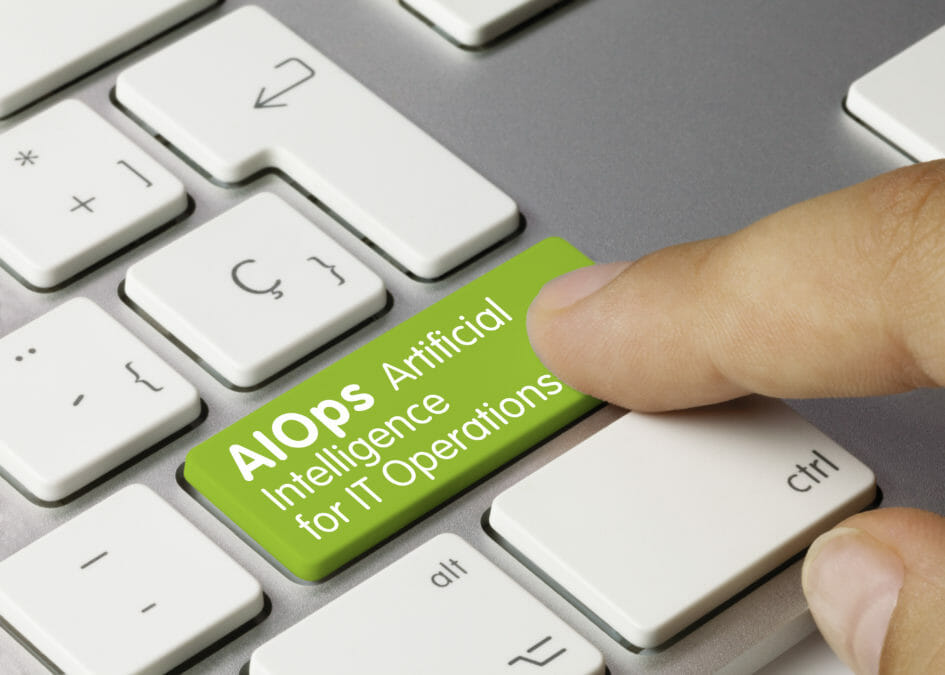Today, organisations must drive innovation and proactively anticipate new demands to be successful and stay ahead of the game. Ultimately, these businesses strive to become an autonomous digital enterprise – a growth-minded organisation that embraces intelligent, tech-enabled systems across every facet of the business, delivering value through agility, customer centricity, and actionable insights. The evolution to an autonomous digital enterprise requires a highly flexible, scalable, and dynamic IT infrastructure, and this is where AI-driven IT Operations (AIOps) steps in.
AIOps is quickly becoming the go-to solution for IT teams looking to match flexibility with high performance levels — according to O’Reilly, 85% of enterprises are evaluating or using artificial intelligence (AI) in production today. Why do they need this? IT Ops teams are faced with mounting and varied challenges. These span from managing the huge increase in operational data volumes that have scaled far beyond any human capacity to handle; to increasing complexity of IT environments; to competing with the speed and agility pressures from digital transformation itself. While high frequency app releases may come from development teams, the performance and management responsibilities fall on IT Ops.
By having the most effective and advanced AIOps strategies, IT Ops teams will be able to monitor, predict, flag, and even automatically remediate potential problems, while optimising operations, development and services.
Delivering collective intelligence with the five pillars of AIOps
But where to start?
You need a plan. Becoming an autonomous digital enterprise doesn’t happen overnight, and rolling out AIOps isn’t an all or nothing scenario. There are steps to get started, and it comes down to aligning implementation with use cases or identifying the areas of friction within existing IT Ops processes. One example use case is event noise reduction. Large enterprises can have thousands of events per hour, far beyond any human scale to manage, so here AIOps can be deployed to separate noise, flag the abnormalities, and quickly provide root cause analysis and remediation guidance.
Part of the initial process is also simply establishing data sources and models, as well as making data available and centralised in a single solution, so that data can be analysed. While each enterprise will have its own priority focus areas based on a tiered business impact and ROI, a business-wide rollout plan is key. Organisations can then chip away at the speed they choose.
Getting the business on board
Successfully rolling out AIOps is as much about the technology as it is the organisation’s culture and mindset. Some enterprises falsely believe that they need to invest in data scientist skill sets or hire up teams of people with data science degrees. This just isn’t the case if all the intelligence and domain expertise are built into the solution. Enterprises simply need operational skill sets to manage it and strategically take advantage of the rich actionable insights AIOps can deliver: a mixture of IT Ops and big picture thinking.
Tech and talent changes could yield £48 million boost to UK economy — Microsoft and Goldsmiths
Matching your plan to technology
There are a whole host of technology vendors with AIOps solutions to choose from, but a true AIOps solution should afford three key capabilities: it needs to be able to detect, analyse, and act all in one solution.
This then needs to be mapped back to those tiered use cases and coupled with questions around technology support. IT teams need to demonstrate real, tangible value from an AIOps roll out and so making sure those key win areas can be met is a must.
And lastly is the all-important integration question: IT teams need to understand how easily these new analytics and automation tools can integrate across existing IT Ops processes and cover the entire IT environment across on-prem, cloud, and even containers.
Get going
While AIOps may on a surface level seem like the natural evolution and convergence of IT Operations infrastructure, its strategic knock-on effects are far reaching. Once AIOps reaches maturity within the enterprise, businesses can realise significant business impact and ROI, and unlock brand new opportunities for the customer. Furthermore, with the right plan and execution, AIOps provides firm foundations for any business’ journey toward becoming a fully autonomous digital enterprise.








